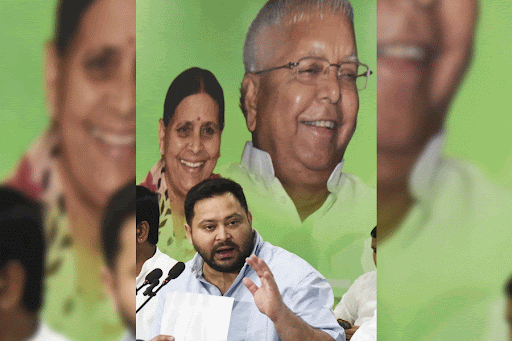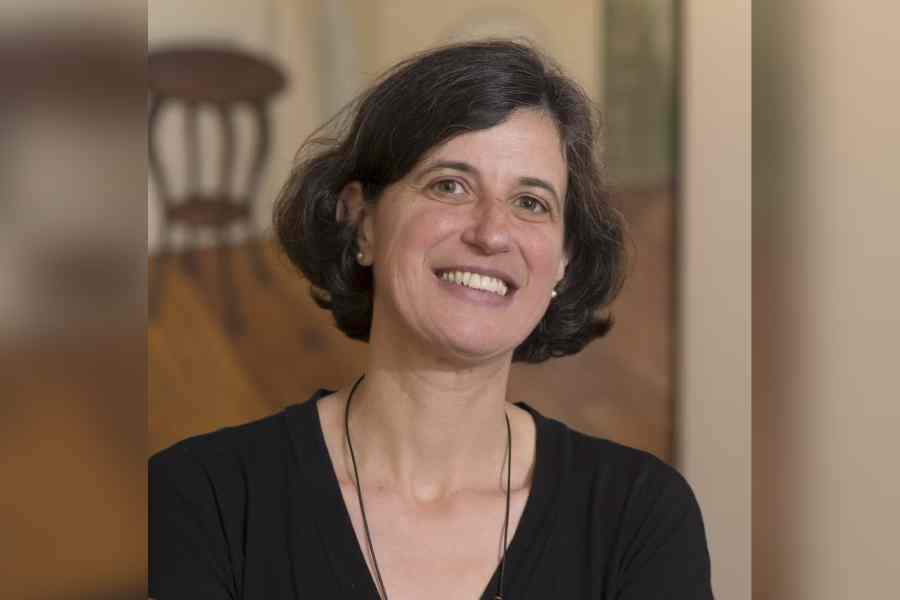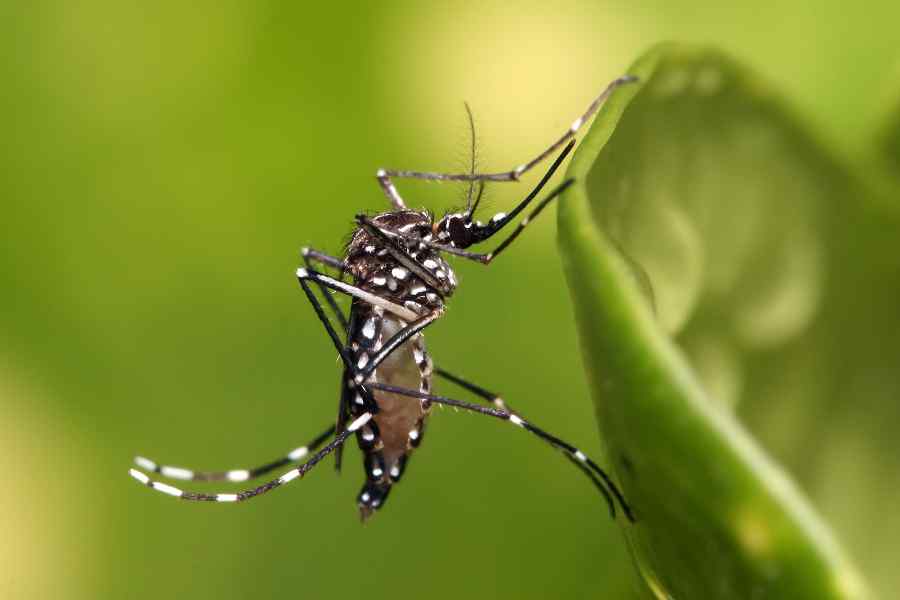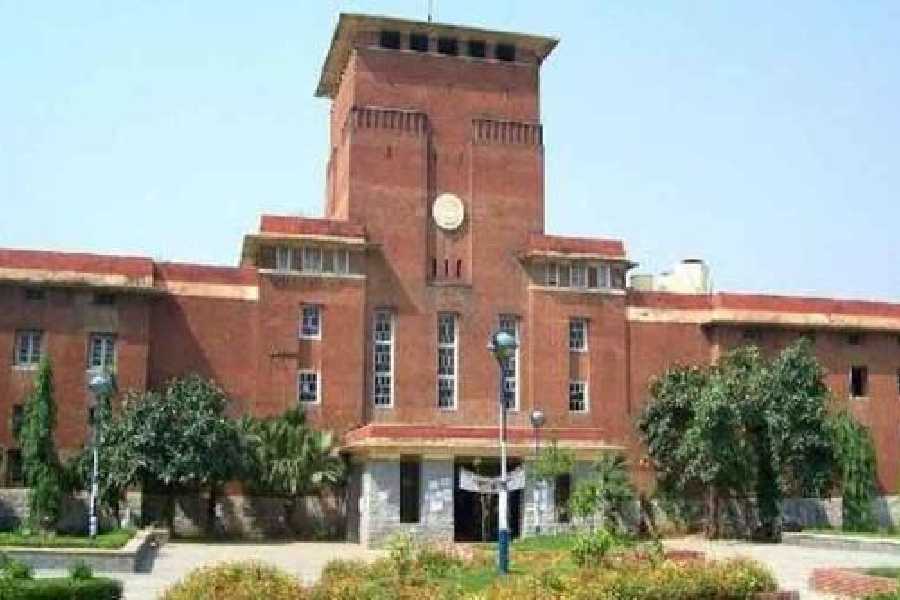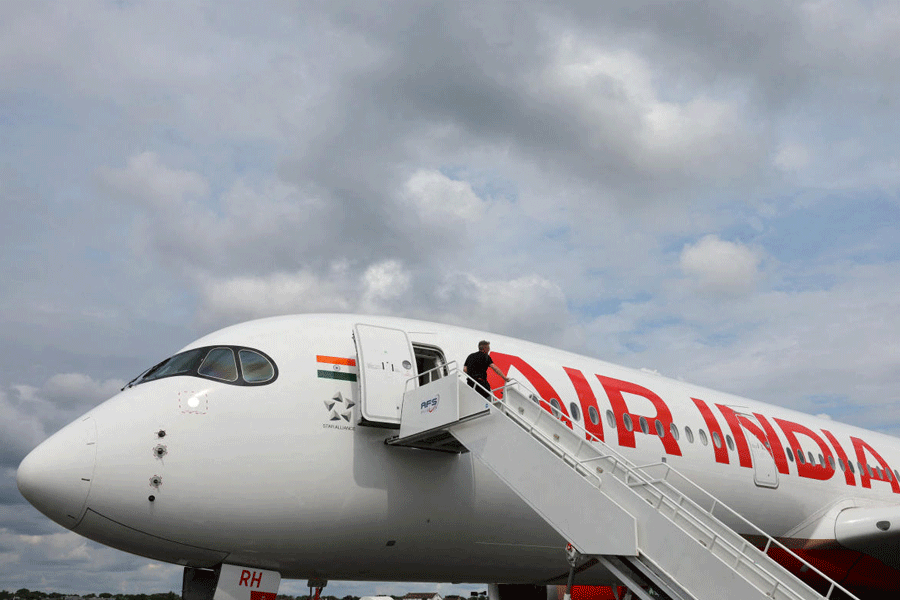The saying goes that if you repeat an untruth enough times, it eventually begins to sound correct. While that may be true of politics and the social media, it can be never true of science. Politicians often do not appear as if they comprehend that. We list here just a few instances where the Prime Minister of the country has done science and scientific temper huge disservice.
Wind mills to extract water and oxygen
Statement: On October 6, 2020, @narendramodi tweeted: Had an insightful interaction with Mr Henrik Andersen, President and CEO, @Vestas. We discussed a series of issues relating to the wind energy sector.
Later, in a video the Prime Minister is heard suggesting to the CEO of the Danish renewable energy company that they use wind turbines to produce not only energy but also oxygen and drinking water in “coastal areas where air has high moisture... a three-in-one device”. Modi explains that the spinning turbine would be able to “suck out moisture” from the air and condense it into water. He further theorises that a turbine could “separate” oxygen from air, and thereby could produce oxygen, power and clean water all at once.
Fact: Wind turbines convert wind energy into electricity and their blades are actually designed to actively keep moisture out as it damages the blades. There have been attempts to harness wind energy to make potable water but this involves using the electricity it generates to purify saline water. This method is not sustainable as a large amount of energy needs to be spent to extract very little water.
Twelve years ago, engineers at the Delft University of Technology in the Netherlands demonstrated a prototype wind turbine that could be used for seawater desalination. While a traditional windmill drives a pump, the Delft engineers proposed a high-pressure pump that pushes water through a reverse
osmosis membrane to produce fresh water directly from seawater. The prototype was never adopted as it is not commercially viable.
Extracting oxygen from air requires fractional distillation, which is extremely energy-intensive and expensive. Oxygen enrichment is possible through the use of materials called zeolites, which is how most portable oxygen concentrators work.
Too cloudy for radars
Statement: On May 19, 2019, quoting the Prime Minister, the BJP’s official handle @BJP4India tweeted at 1.28am: The weather was not good on the day of Airstrikes [on Balakot]. There was a thought that crept in the minds of experts that day of the strike should be changed. However, I suggested that the clouds could actually help our planes escape the radars: PM Modi. Later, the Prime Minister told TV channel News Nation in an interview, “I said the overcast conditions could actually help. This weather and rain could help our aircraft escape the radar.”
Fact: Radar, or radio detection and ranging, is an electromagnetic sensor used to detect, locate, track and recognise objects of various kinds at considerable distances. Developed in the 1930s in the UK to meet the needs of the military, it operates by transmitting electromagnetic energy towards objects, commonly referred to as targets, and observing the echoes returned from them. The targets are usually aircraft, spacecraft and even astronomical bodies. Simply put, if there is an object in the air, an aeroplane for instance, the radio waves hit it and bounce back, to be caught by the receiver. By mapping the reflected waves on a screen with a grid map, the aeroplane is displayed as a blip on the screen and its movement is shown as the radio waves strike it at intervals. Today’s highly sophisticated radars, particularly those used by the military and air traffic controllers at airports, are designed to penetrate clouds and detect objects during day and night. That is why commercial aircraft can take off and land during rough weather and overcast skies.
Lord Ganesha was a product of plastic surgery
Statement: The Prime Minister’s official website, pmindia.gov. in, quoted him as saying in his address at the re-dedication of Sir H.N. Reliance Foundation and Research Centre, Mumbai on October 25, 2014, “We worship Ganeshji, there must have been a plastic surgeon in that era who put an elephant’s head on a human body, plastic surgery must have started then. There must be many such fields where our ancestors have excelled.”
Fact: A large human neck’s circumference is not more than 48cm (19 inches) while the smallest baby elephant’s neck would be around 120cm (47 inches). Only in myths can such a transplantation across species — xenotransplantation — occur. In real life, the human immune system is known to violently reject tissue transplant from other animals. The immune system of a god may react differently.
However, Sushruta (600-1,000 BC) was indeed a founding father of surgery and plastic surgery. In his compendium, Sushruta Samhita, he describes surgical techniques for reconstructing noses, earlobes and genitalia. He developed the forehead flap rhinoplasty procedure, which is still the standard, and the otoplastic technique for reconstructing earlobes with skin from the cheek. But highlighting a mythical character does no credit to Sushruta’s expertise.
Tea from gutter gas
Statement: On August 10, 2018, at an event to mark World Biofuel Day in New Delhi, the Prime Minister said he had once read about a tea seller in a small town who tapped into gas emanating from a gutter to make his chai. “There used to be a dirty river flowing through this town,” Modi said. “Now, this man had an idea. He took a small utensil, inverted it, made a hole in it and put a pipe through that. Gas used to emanate from the gutter and using that pipeline, he used the gas for his tea stall. An easy technique.”
Fact: The PM was probably referring to harvesting methane from sewers. But the problem was his oversimplification and misleading explanation of a scientific process he termed as “easy technology”. Conversion of sewer waste to combustible cooking gas is, in fact, a complicated technical process requiring expertise and scientific understanding.
Also, lighting a stove over a supply of combustible gas risks a dangerous explosion.
The climate has not changed, we have
Statement: On September 5, 2014, when a student from Assam flagged concerns about climate change on the occasion of Teachers’ Day in a New Delhi auditorium, the Prime Minister said: “Climate has not changed. We have changed... our tolerance and habits have changed. If we change then God has built the system in such a way that it can balance on its own.”
Fact: In 2015, speaking at the United Nations conference in Paris, PM Modi said: “Climate change is a major global challenge. But it is not of our making. It is the result of global warming that came from prosperity and progress of an industrial age powered by fossil fuel,” he said. “But we in India face consequences. We are concerned about rising oceans that threaten our 7,500km of coastline and 1,300 islands. We worry about the glaciers that feed our rivers and nurture our civilisation.”
Perhaps the Prime Minister’s right hand needs to know what his left hand is doing.


